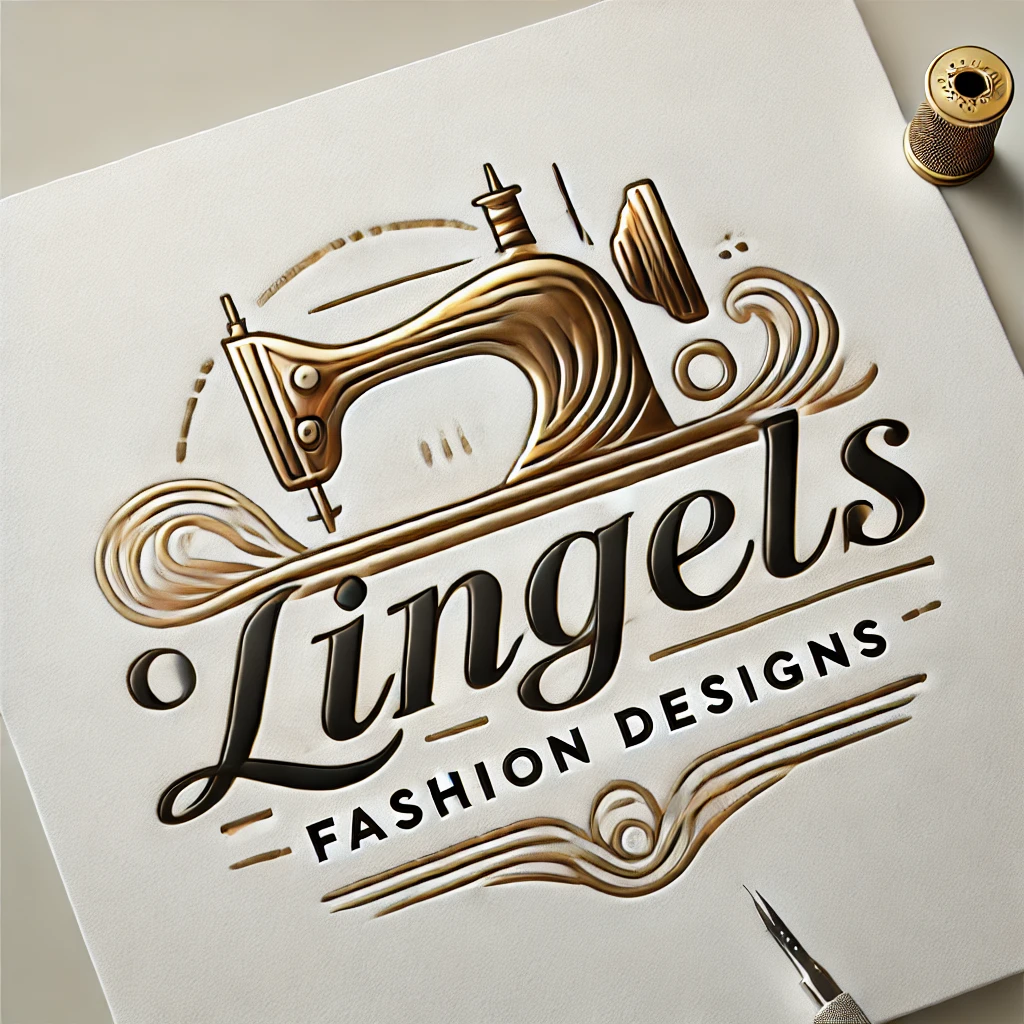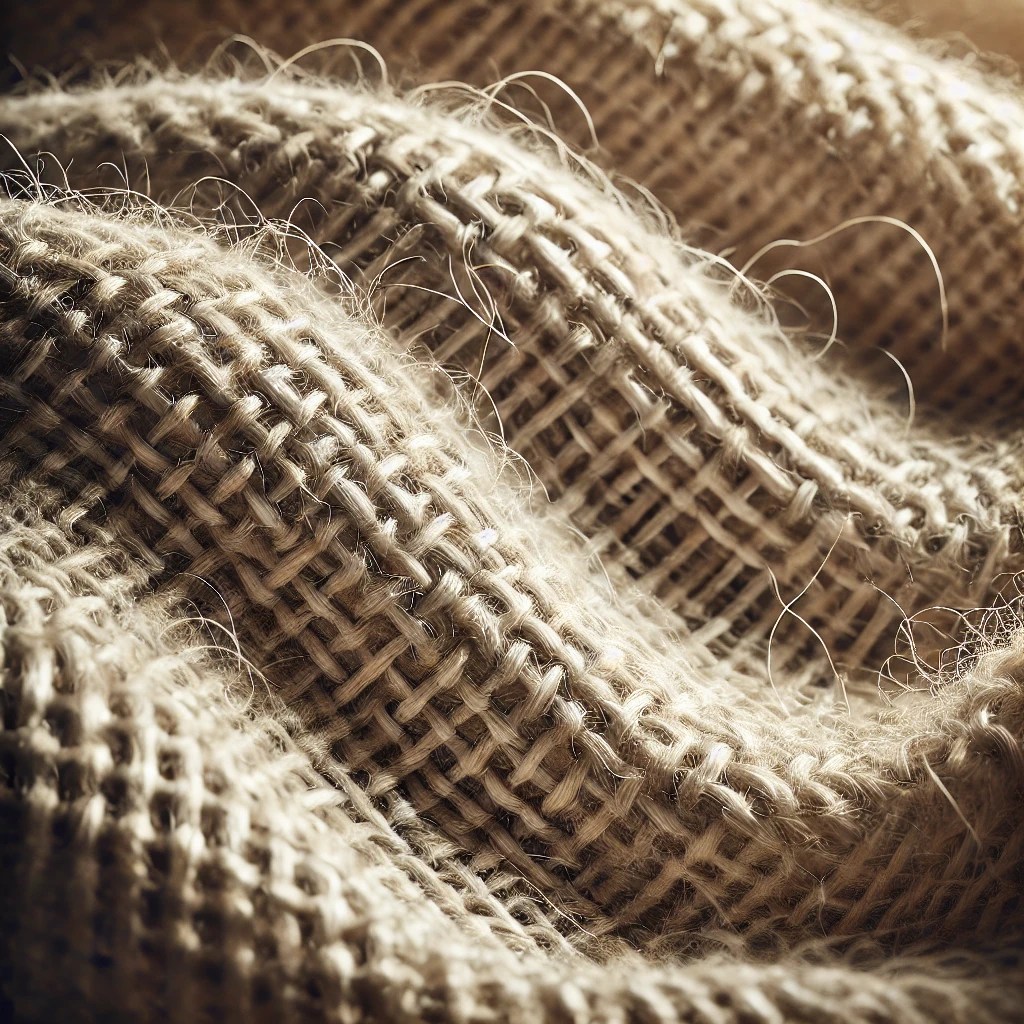A Guide to Fabrics:
The Foundation of Sewing and Pattern Drafting
Whether you’re a seasoned sewing enthusiast or just starting your journey into the world of pattern drafting, understanding fabric is crucial. Fabric selection can make or break your project, influencing everything from fit to durability. Let’s dive into the different types of fabric and how they can elevate your sewing projects.
1. Natural Fabrics
Natural fabrics are derived from plants or animals, offering breathability, comfort, and sustainability.
Cotton: A versatile and widely used fabric, cotton is soft, breathable, and easy to work with. It’s perfect for beginners and is ideal for shirts, dresses, and casual wear.
Linen: Made from flax fibers, linen is lightweight and has a distinctive texture. It’s excellent for summer garments and home décor, although it can be prone to wrinkling.
Wool: Known for its warmth and elasticity, wool is a go-to for tailored suits, coats, and winter apparel. It’s available in various weights, from lightweight merino to heavy tweed.
Silk: Luxurious and smooth, silk is perfect for evening wear and lingerie. While it can be challenging to sew due to its slippery texture, the results are worth the effort.
2. Synthetic Fabrics
Synthetic fabrics are man-made, offering durability and a wide range of textures.
Polyester: Durable and resistant to wrinkles, polyester is often blended with other fibers to enhance performance. It’s suitable for activewear, dresses, and home textiles.
Nylon: Lightweight and strong, nylon is commonly used for sportswear and outerwear. It’s water-resistant, making it ideal for jackets and bags.
Acrylic: Often used as a wool substitute, acrylic is warm, lightweight, and easy to care for. It’s frequently found in sweaters and blankets.
3. Blended Fabrics
Blended fabrics combine the best qualities of two or more fibers, offering enhanced functionality and aesthetic appeal. For instance:
Cotton-Polyester Blends: These blends are durable, wrinkle-resistant, and more affordable than pure cotton.
Wool-Silk Blends: Combining warmth with luxury, these blends are perfect for high-end garments.
4. Knit vs. Woven Fabrics
The structure of a fabric significantly impacts its stretch and drape.
Knit Fabrics: These are made by interlooping yarns, resulting in stretchiness and softness. They’re great for t-shirts, leggings, and activewear.
Woven Fabrics: Created by weaving yarns in a crisscross pattern, woven fabrics are more structured and less stretchy. They’re ideal for tailored clothing and home décor.
5. Specialty Fabrics
For unique projects, consider specialty fabrics:
Denim A sturdy cotton twill, denim is perfect for jeans, jackets, and bags.
Velvet: Known for its plush texture, velvet is ideal for evening wear and upholstery.
Chiffon: A sheer, lightweight fabric that adds elegance to dresses and blouses.
Canvas: Heavy-duty and durable, canvas is excellent for bags, aprons, and outdoor gear.
Tips for Choosing the Right Fabric
Consider the Pattern**: Always check the recommended fabric types for your pattern. Using an unsuitable fabric can alter the fit and appearance.
Test Drapability: For garments, drape the fabric over your hand or shoulder to see how it flows.
Pre-Wash: Wash your fabric before cutting to account for any shrinkage.
Experiment: Don’t be afraid to try unconventional fabrics to add a creative twist to your projects.
Final Thoughts
The fabric you choose is the canvas for your creativity. By understanding the unique qualities of different materials, you can bring your sewing and pattern drafting visions to life. So next time you embark on a project, spend some time exploring the fabric aisle—you might just find the perfect piece to inspire your next masterpiece!

